Ever wondered how plants thrive inside your home? Understanding the science behind plant growth indoors is key to unlocking their full potential. By mastering light, temperature, soil, and water, you can transform your indoor space into a lush haven. This guide delves into essential factors, ensuring your plants flourish all year round.
Understanding Light Requirements
Plants require light to perform photosynthesis, a process essential for their growth. Indoor plants need a simulated natural environment to thrive, and understanding light requirements is crucial in achieving this balance. Different plants demand varying amounts of light, classified broadly into low, medium, and high light categories.
Light intensity and duration are two critical factors. Low light plants, such as ferns and philodendrons, can survive in shaded areas with minimal sunlight. Medium light plants, like peace lilies and dracaenas, require bright but indirect light. High light plants, including succulents and cacti, need direct sunlight for several hours a day.
Measuring light levels in your home can guide the positioning of your plants. Use a lux meter to check the light intensity. Ideally, low light areas measure around 50-250 lux, medium between 250-1000 lux, and high light from 1000 lux onwards.
Artificial lighting, such as LED grow lights, can supplement insufficient natural light. Choose full-spectrum lights that mimic sunlight and place them near your plants, adjusting the distance based on the manufacturer’s guidelines.
The duration of light exposure also impacts growth. Most indoor plants thrive with 12-16 hours of light each day. Using a timer can help maintain a consistent schedule, ensuring plants receive the right amount of light without the risk of overexposure.
The Role of Temperature in Growth
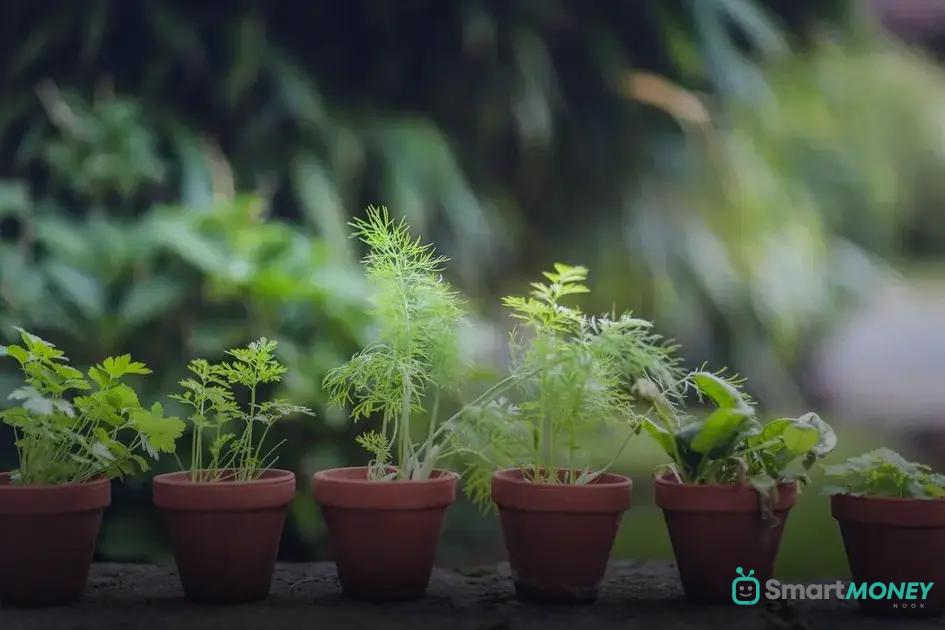
Temperature plays a crucial role in the growth and development of indoor plants. Each plant species has a specific temperature range that is ideal for its growth. When the temperature deviates from this range, plants may experience stress, affecting their growth rate and overall health.
Most houseplants thrive best in temperatures between 15°C and 25°C (59°F to 77°F). Within this range, plants can efficiently carry out photosynthesis, which is essential for their growth. However, some plants, like certain types of orchids, may require slightly different temperature conditions to flourish.
One important factor to consider is the difference between day and night temperatures. Many plants benefit from a slight drop in temperature at night, which mimics their natural outdoor environment. Keeping indoor plants close to windows or in areas with fluctuating temperatures can help simulate their native habitat.
Extreme temperatures, either too hot or too cold, can harm plant tissues. Heat stress can cause leaves to wilt, dry out, and drop prematurely, while cold stress can lead to stunted growth or even plant death. It’s important to gradually acclimate plants when there are significant temperature changes, like moving them from one room to another.
Maintaining adequate temperature levels is vital for processes like seed germination. Warmer temperatures often speed up germination, but if it’s too warm, it could hinder the process. Conversely, colder temperatures might slow down plant growth.
Thermal conditions should also align with the seasonal needs of plants. During winter months, it might be necessary to use heaters or heat mats, especially for tropical plants, to maintain a consistent temperature.
Soil Composition and Nutrients
The soil serves as the foundation for indoor plant growth, providing essential support, aeration, and water retention. A balanced soil composition is crucial. The basic structure typically includes a mix of sand, silt, and clay, each playing a role in the plant’s development.
In sandy soils, water drains quickly, which helps prevent root rot but can also limit nutrient retention. On the other hand, clay retains more moisture and nutrients but might inhibit aeration, affecting root health. Silt offers a balance between sand and clay, providing moderate water retention and nutrient availability.
Nutrients in the soil are vital for plant growth. The primary nutrients include nitrogen, phosphorus, and potassium. Nitrogen helps with leaf growth, while phosphorus is essential for root and flower development. Potassium aids overall plant health and resilience to disease.
Besides these macronutrients, trace elements or micronutrients like iron, manganese, and zinc play critical roles in metabolic processes. A deficiency in any nutrient can lead to stunted growth or discoloration.
Understanding the soil pH is also imperative. Most indoor plants thrive in neutral to slightly acidic soil. Testing and adjusting soil pH ensures better nutrient uptake.
Finally, incorporating organic matter such as compost enhances soil structure, improves moisture retention, and adds vital nutrients. Regularly refreshing the soil or using high-quality soil mixes can sustain plant health in indoor conditions.
Watering Techniques for Indoor Plants
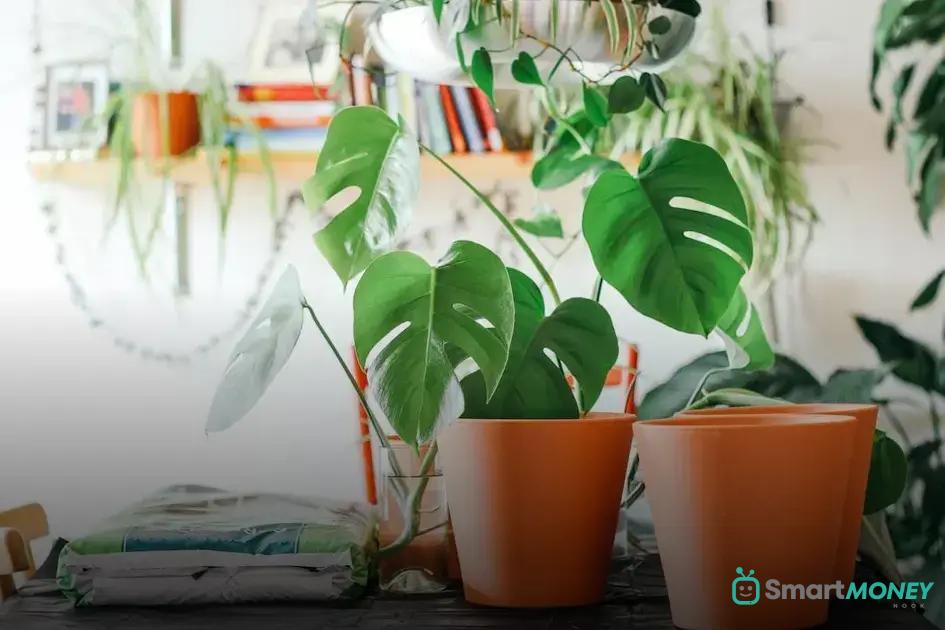
Indoor plants have specific watering needs that are crucial for their growth and health. Understanding the right techniques can significantly enhance their vitality. It is essential to observe the plant type since different plants require varying amounts of water. For instance, succulents need less frequent watering compared to ferns.
Pay attention to the topsoil dryness. You can place your finger into the soil to check for moisture. If the top inch is dry, it usually means it’s time to water the plant. Overwatering can lead to root rot, so make sure not to water too frequently.
The time of day also plays a crucial role in watering. Ideally, water plants in the morning to help them process moisture throughout the day. During this time, water evaporates slowly, giving the plant enough time to absorb the necessary moisture.
Another key technique is watering evenly. Pour water slowly around the base of the plant until it starts to seep through the pot’s drainage holes. This ensures that water reaches the roots where it’s needed most.
Consider Using Distilled or Rainwater
Tap water often contains minerals and chemicals that can accumulate in the soil, potentially harming plants. Using distilled or rainwater helps prevent this issue and provides a more natural hydration source.
The Impact of Humidity Levels
Humidity levels dramatically affect the growth of indoor plants. When indoor spaces have low humidity, plants tend to lose water through a process called transpiration. This can lead to dehydration, causing leaves to become dry and brown. Conversely, high humidity can promote the growth of mold, which can harm plants. Maintaining an optimal humidity level is crucial for healthy plant growth. This is typically around 40-60% for most houseplants.
Effects on Photosynthesis
Humidity influences photosynthesis by affecting the stomata, tiny openings on the leaves. These allow gas exchange and control water loss. When humidity is too low, stomata close to conserve water, reducing photosynthesis and stunting growth. If humidity is too high, stomata may not close properly, also leading to issues.
Managing Humidity Levels
To manage humidity, consider using a humidifier during dry months and ensuring adequate ventilation to prevent excessive moisture. Positioning plants in groups can naturally raise humidity through the collective transpiration of surrounding greenery. Additionally, placing a water tray near plants can help, as water evaporates and increases air moisture.
Understanding how humidity interacts with other factors such as light, temperature, and soil nutrients is essential. A balanced approach will provide optimal growth conditions for your indoor plants.

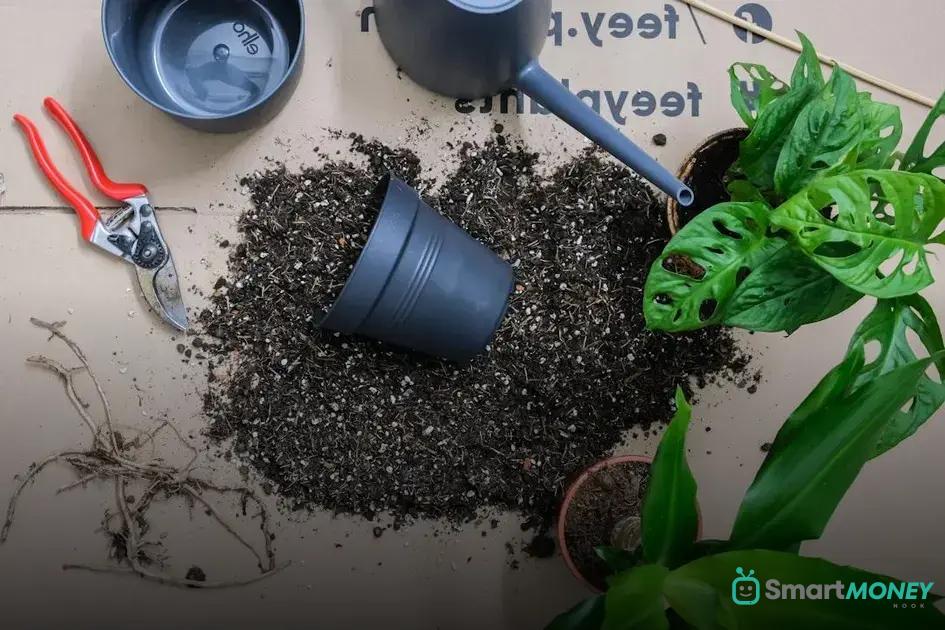
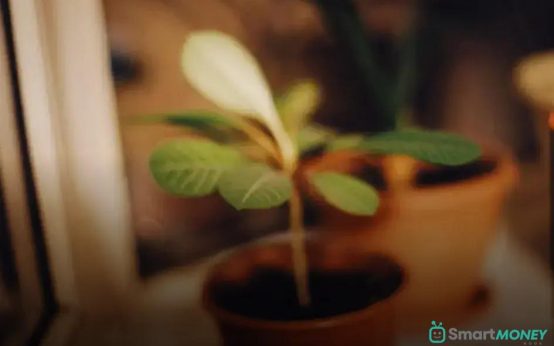 How to Start a Plant Journal to Track Growth Effectively
How to Start a Plant Journal to Track Growth Effectively 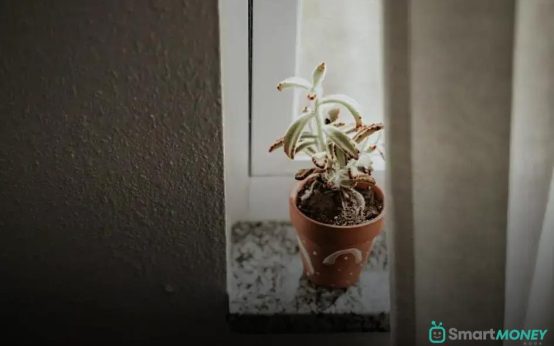 Growing Edible Plants Inside Your Kitchen: Tips & Tricks
Growing Edible Plants Inside Your Kitchen: Tips & Tricks 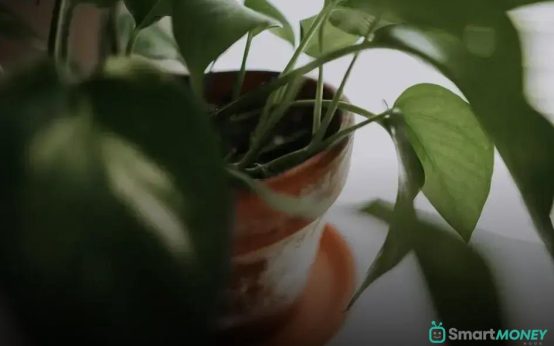 How to Rescue a Dying Houseplant: Easy Tips and Tricks
How to Rescue a Dying Houseplant: Easy Tips and Tricks